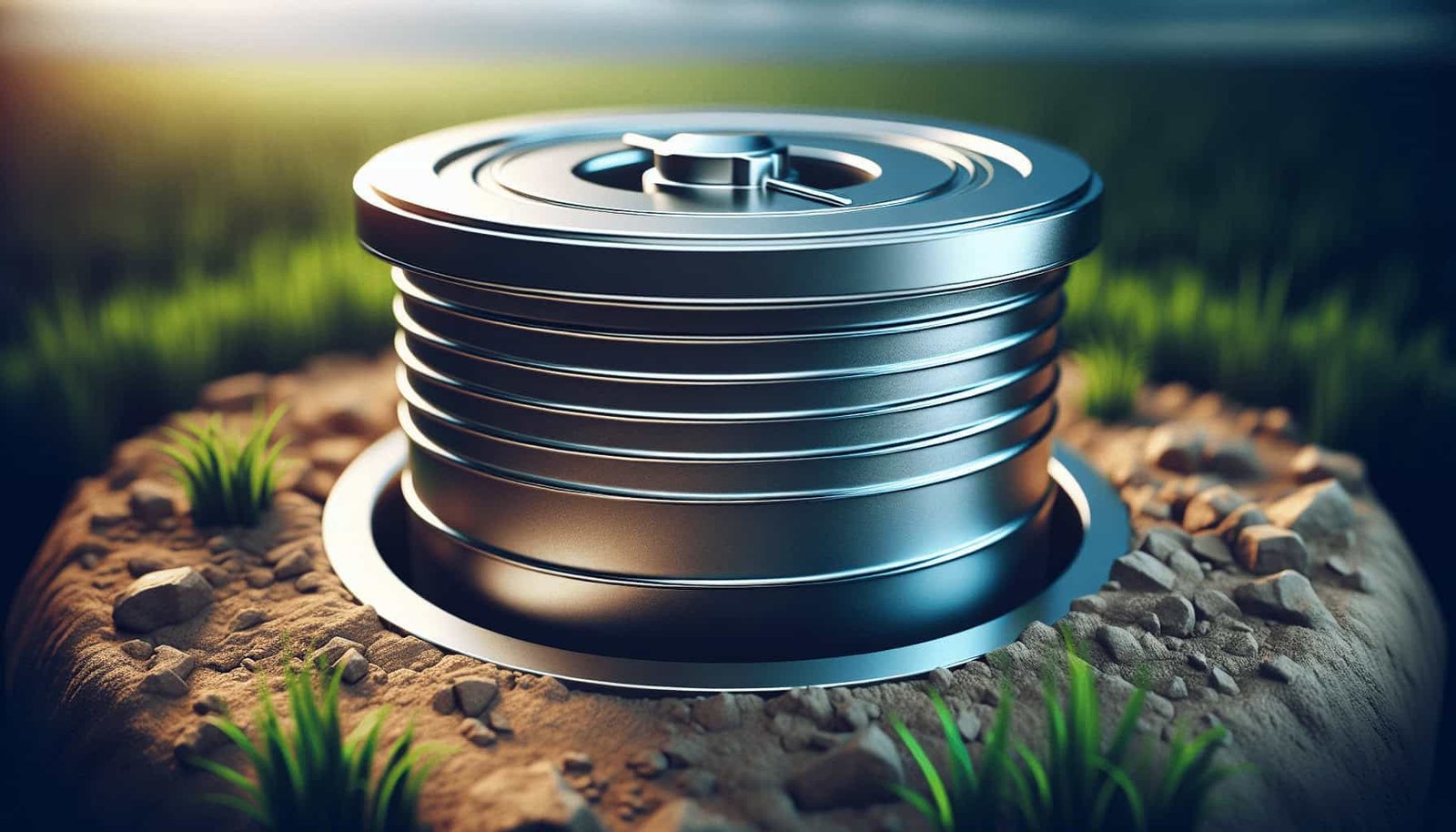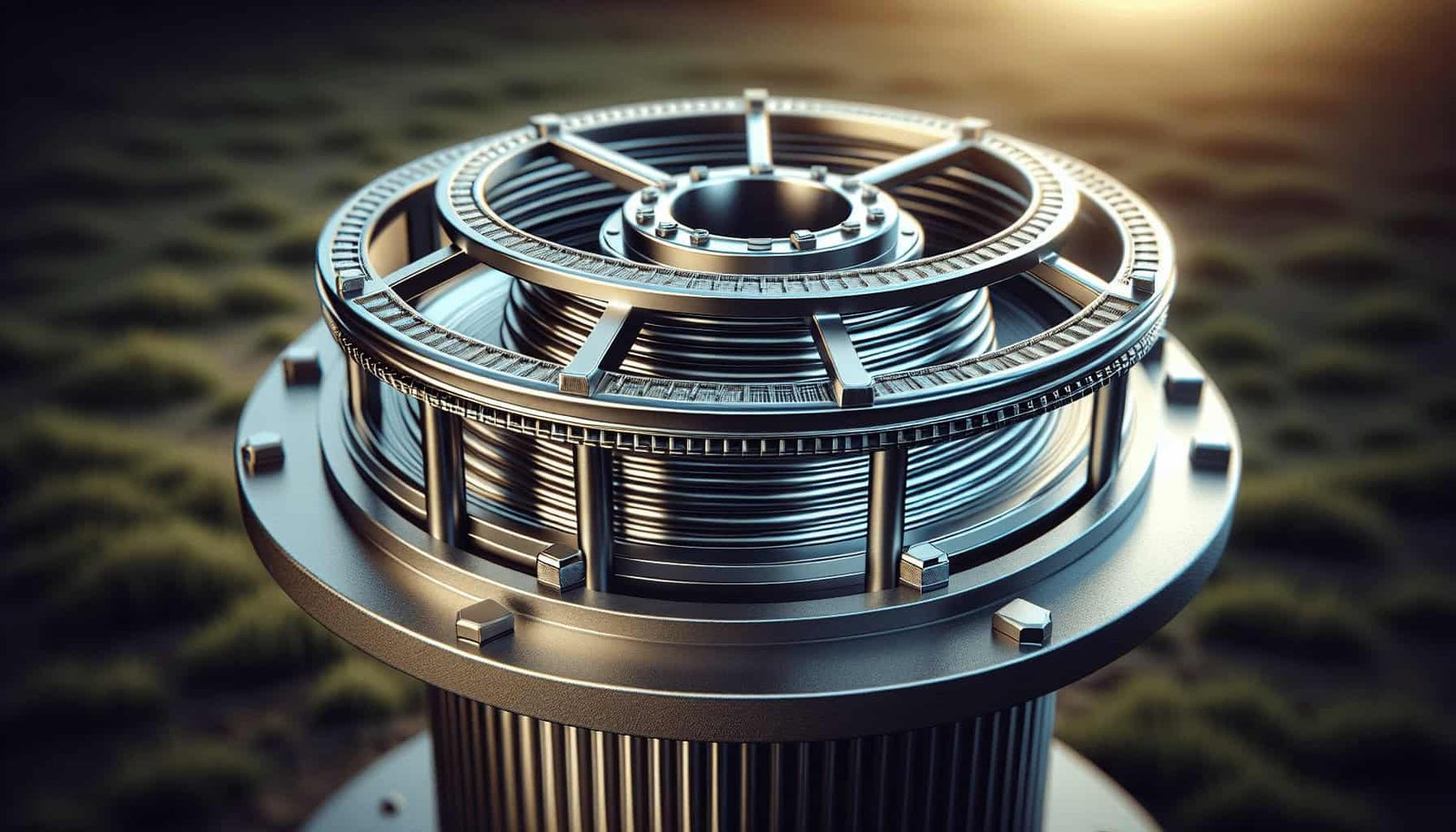Have you ever thought about the processes that go into obtaining clean, fresh water? It’s something we often take for granted, yet behind every tap, there’s a fascinating mechanism in play. This article explores the intriguing concept of drilled wells, which play a crucial role in providing water to millions of households and communities around the globe.

What Is A Drilled Well?
A drilled well is a type of water well that is constructed by drilling into the earth to access an aquifer or underground layer of water-bearing rock. Unlike traditional wells, which are often hand-dug and shallow, drilled wells can reach depths of several hundred feet, tapping into deeper and often cleaner water sources. But there’s more to it than just depth; the materials, techniques, and technologies involved make drilled wells a highly efficient and reliable water source.
The Basics of Drilled Wells
Drilled wells are essentially boreholes drilled into the ground using specialized equipment. Once the desired depth is reached, casing materials, usually steel or plastic pipes, are inserted to prevent the hole from collapsing and to keep contaminants out. A well screen is also placed at the bottom to filter out silt and sediments, ensuring the water that reaches your tap is as clean as possible.
Importance of Drilled Wells
Drilled wells are vital for many reasons. They provide a reliable source of potable water, especially in areas where surface water is scarce or contaminated. Furthermore, they are less susceptible to drought conditions, as they can access deeper water tables.
By providing a dependable source of clean water, drilled wells contribute to better public health, economic development, and overall quality of life.
Types of Drilled Wells
There are several types of drilled wells, each designed to meet different needs and geological conditions.
Shallow Wells
Shallow wells are generally less than 50 feet deep. They are usually drilled in areas where water is easily accessible near the surface. While less expensive to install, shallow wells are more susceptible to contamination from surface pollutants.
Intermediate Wells
Intermediate wells range from 50 to 100 feet in depth. They strike a balance between accessibility and safety. These wells are often found in areas where the water table is moderately deep.
Deep Wells
Deep wells can extend hundreds or even thousands of feet into the ground. The water accessed from these depths is usually of higher quality, though the cost and complexity of drilling such wells are significantly higher. Often used in industrial or municipal settings, deep wells offer robustness against surface contamination and drought.
How Is A Drilled Well Constructed?
The construction of a drilled well involves several meticulous steps, each requiring specialized skills and equipment.
Site Selection
Selecting the right site is crucial for the success of a drilled well. Hydrogeologists often conduct surveys to identify the best location, considering factors like soil composition, rock types, and water table levels.
Drilling
Sophisticated drilling rigs are used to bore into the earth. These machines can penetrate various soil and rock layers, making the process faster and more efficient than traditional hand-dig methods.
Installing the Casing
Once the drilling reaches the desired depth, casing pipes are inserted into the hole. These pipes serve multiple purposes: they prevent the walls from collapsing, keep surface contaminants out, and provide a conduit for water to move up the well.
Adding the Screen
A well screen is added to filter out sediments and ensure that only clean water enters the well. This is especially important in areas with sandy or loose soil, where small particles can easily contaminate the water.
Sealing
After all components are in place, the well is sealed with a sanitary seal. This prevents pollutants from entering the well from the surface, ensuring the long-term purity of the water.
Pump Installation
Finally, a pump is installed to draw water to the surface. The type of pump used can vary based on the well’s depth and water yield.
Testing and Maintenance
Once the well is operational, periodic testing and maintenance are crucial to ensure water quality and system longevity. Water samples are often tested for contaminants, and the mechanical components are inspected for wear and tear.
Advantages and Disadvantages of Drilled Wells
Advantages
- Reliability: Drilled wells can access deep water tables, providing a consistent water supply even in drought conditions.
- Water Quality: Deeper wells usually offer cleaner water, as they are less susceptible to surface pollutants.
- Longevity: Properly constructed drilled wells can last for decades with minimal maintenance.
- High Yield: These wells can provide larger volumes of water, making them suitable for both residential and commercial use.
Disadvantages
- Cost: The initial setup can be expensive due to the specialized equipment and expertise required.
- Complexity: Construction involves multiple steps, each needing meticulous attention to detail.
- Energy Usage: Deeper wells require more powerful pumps, which can be energy-intensive.
- Maintenance: While maintenance needs are low, when needed, it can involve specialized services that are costly.

Comparison: Drilled Wells vs. Other Wells
It’s essential to understand how drilled wells stack up against other types of wells, such as hand-dug wells and driven wells.
| Feature | Drilled Wells | Hand-Dug Wells | Driven Wells |
|---|---|---|---|
| Depth | Up to several hundred feet | Typically 15-60 feet | 30-50 feet |
| Water Quality | Generally high | Varies | Moderate |
| Construction Cost | High | Low | Moderate |
| Time to Construct | Days to Weeks | Weeks | Days |
| Longevity | Decades | Shorter Lifespan | Several years |
| Reliability | Very High | Moderate | High |
Key Considerations Before Drilling a Well
Before you decide to drill a well, various factors must be considered to ensure success.
Regulatory Requirements
Local regulations often govern the construction of wells. Ensure you comply with all legal requirements, including permits and environmental assessments.
Geological Surveys
Conducting a geological survey can provide valuable insights into soil and rock types, water table levels, and potential yield. These studies help in selecting the best drilling site and method.
Budget
Drilled wells can be a significant investment. Budgeting not just for construction but also for long-term maintenance is essential.
Accessibility
Ensure that your drilling site is accessible for the heavy machinery used in the drilling process. Limited access can increase the overall cost and complexity.
Purpose
Define the well’s primary purpose. Whether it’s for residential use, irrigation, or industrial needs will determine the depth, size, and type of pump required.

Drilled Well Maintenance
Regular Inspections
Regularly inspect the well and its components. Look for any signs of wear and tear, corrosion, or leaks.
Water Quality Testing
Periodically test your water for contaminants. This is especially important if there are any changes in taste, color, or odor.
Pump Maintenance
Ensure your pump is functioning correctly. Regularly inspect it for signs of wear and replace parts as needed.
Sediment Removal
Over time, sediments can accumulate within the well. Regularly clean out any build-up to maintain water quality and system efficiency.
Professional Services
Consider hiring professionals for thorough inspections and maintenance tasks. They have the tools and expertise to ensure your well remains in optimal condition.
Environmental Impact
Groundwater Depletion
While drilled wells provide a reliable water source, excessive drilling can lead to groundwater depletion. It’s crucial to consider sustainability and limit over-extraction.
Contamination
Improperly constructed or maintained wells can become conduits for contaminants to enter the groundwater. Ensuring a high standard of construction and regular maintenance can mitigate this risk.
Waste Management
The drilling process can generate waste materials, including drilling mud and cuttings. Proper disposal methods must be followed to minimize environmental impact.

Future Trends in Drilled Wells
Technological Advancements
With continuous advancements in technology, drilling methods are becoming more efficient and less invasive. Innovations like automated drilling rigs and GPS-guided drilling are making the process faster, more accurate, and less costly.
Sustainable Practices
More focus is being put on sustainable water extraction practices. This includes utilizing renewable energy for pumping systems and implementing water conservation measures.
Smart Well Systems
The integration of smart technology in well systems allows for real-time monitoring and remote control. These systems can provide vital data on water levels, pump performance, and contamination alerts.
Common Misconceptions About Drilled Wells
“Drilled Wells Never Need Maintenance”
While drilled wells are robust, they do require regular maintenance. Ignoring this can lead to reduced water quality, pump failures, and even well collapse.
“Deep Wells Always Provide Better Water”
Although deeper wells often have higher quality water, this isn’t a guarantee. Water quality largely depends on the geological formations and the well’s construction quality.
“Anyone Can Drill a Well”
Drilling a well is not a DIY project. It involves specialized equipment and expertise. Hiring certified professionals ensures that your well is properly constructed and adheres to all regulations.

Final Thoughts
The science and technology behind drilled wells are extraordinary. By understanding the intricacies involved, you can better appreciate the value of the clean, fresh water they provide. Whether you are considering drilling a well for your home, farm, or community, knowing what to expect can make all the difference. The investment in a drilled well is not just an investment in your property, but an investment in reliable, clean water for years to come.
So, next time you fill a glass of water, take a moment to consider the journey it has made from the depths of the earth to your hands. Appreciating the science and effort behind this simple act can deepen your understanding and respect for this precious resource.
